- Managed Services and IT Support
- DEX
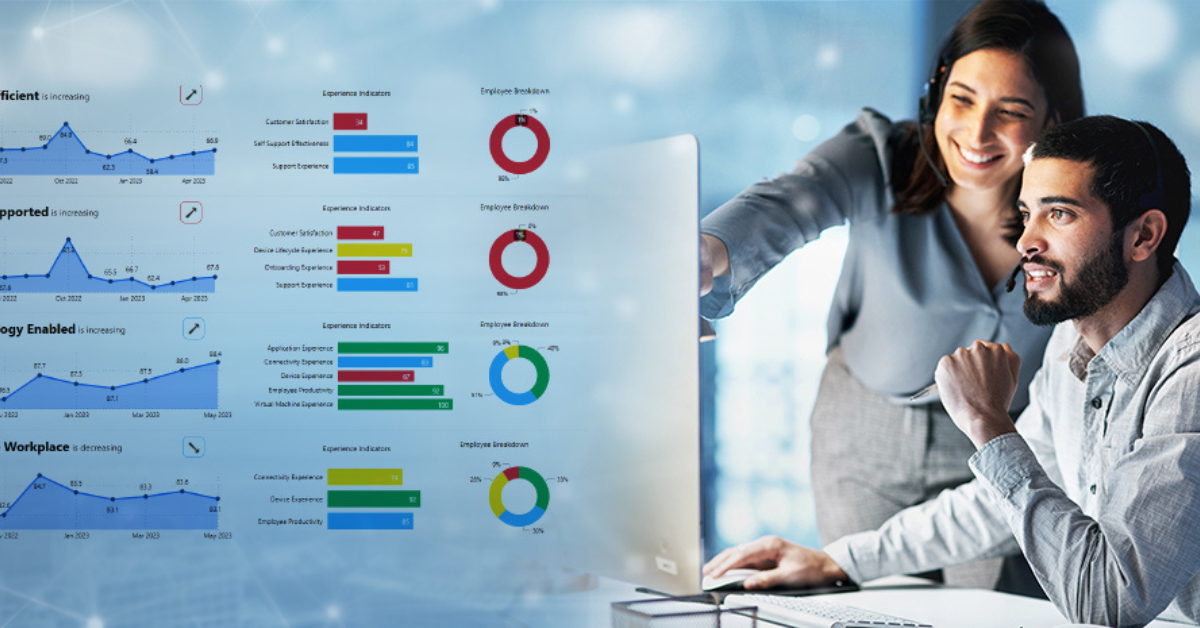

David Krauthamer • Staff Writer
Experience Really Is Everything
As we conclude this blog series on Digital Employee Experience (DEX) and Digital Experience Management (XM), we’ll look at how to measure experience to discover areas for improvement to overall employee sentiment across an organization.
XM: Measuring DEX
This is the point in the conversation where many ask, “How do you accurately and effectively measure something that, in many ways, is subjective?”
While there is no industry standard or de-facto set of experience metrics, we’ve spent several years defining ours and determining what the “experience mathematics” should be. This has helped us determine what an ideal employee experience looks like, knowing that some of that is perception and that we can influence only specific aspects of the user’s experience.
XM: Traditional and Experience Metrics
Manage Service Providers (MSPs) trying to maximize the workplace experience often work toward operational metrics (SLAs) that don’t necessarily align with the end-user experience.
Traditional metrics that mostly measure service delivery and performance, when met, may not create happy users. In comparison, experience metrics measure the outcomes and value of managed services. They’re customized and aligned with user expectations based on a human-centric approach to managing business goals.
Digital Experience Management (XM) takes both types of metrics into account, allowing for better persona alignment and organization-based customization so that experience indicators can evolve into Experience Agreements (XLAs) based on deeper insights.
XM: How it All Works
So how does Digital Experience Management work? Here is an overview of the steps that make up XM:
- Gather useful and accurate user experience data – endpoint telemetry, service metrics, event sensors, targeted surveys, and user-sentiment analysis
- Generate performance indicators from the data
- Analyze Compucom’s four dimensions of Digital Experience Management – geared to the hybrid workplace, to measure and improve how services are enabling:
- Technology-enabled workers
- Self-sufficient workers
- Well-supported workers
- Workplace flexibility
- Develop insights from collected data – including the use of Artificial Intelligence/Machine Learning (AI/ML) analytics
- Take action to improve employee experience – service changes such as automation, knowledgebase content, self-serve responses, endpoint policies, and operational activities across the range of offerings
At Compucom, we’ve created an easy-to-understand dashboard view, based on these steps, for our customers. It shows how the four dimensions of XM, and their associated indicators, are performing at any given time in their organization and what actions can be taken to improve them.

The dashboard allows in-depth insight into employees’ technology experiences that has not been available before. Employers now have a view into employee sentiment, burnout, and frustration that was lost when the workforce went hybrid.
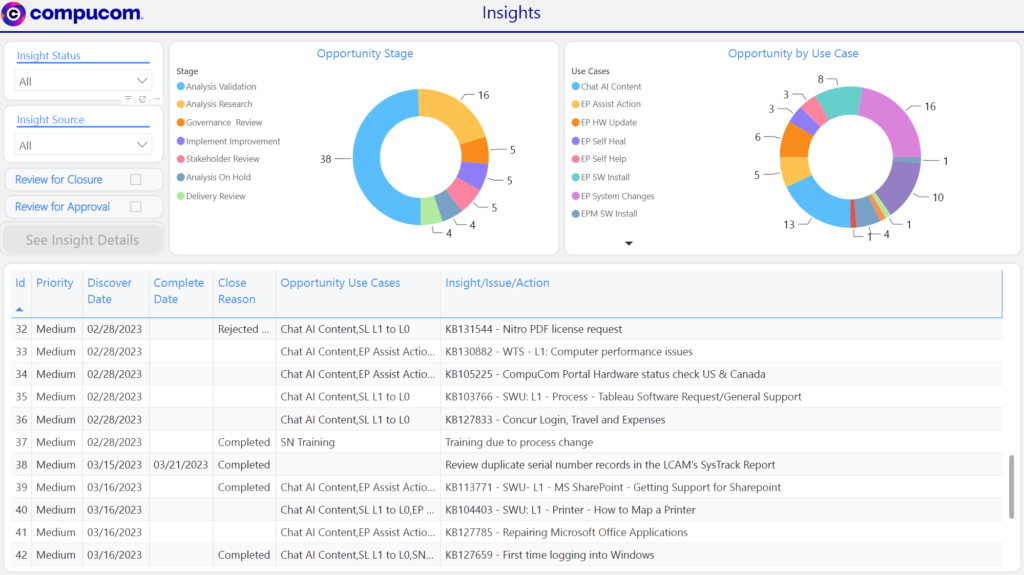
This greater insight into how best to fix potential productivity pain points, sometimes before the user is even aware of the issue, is crucial to improving and maximizing the employees’ workplace experience in your organization.
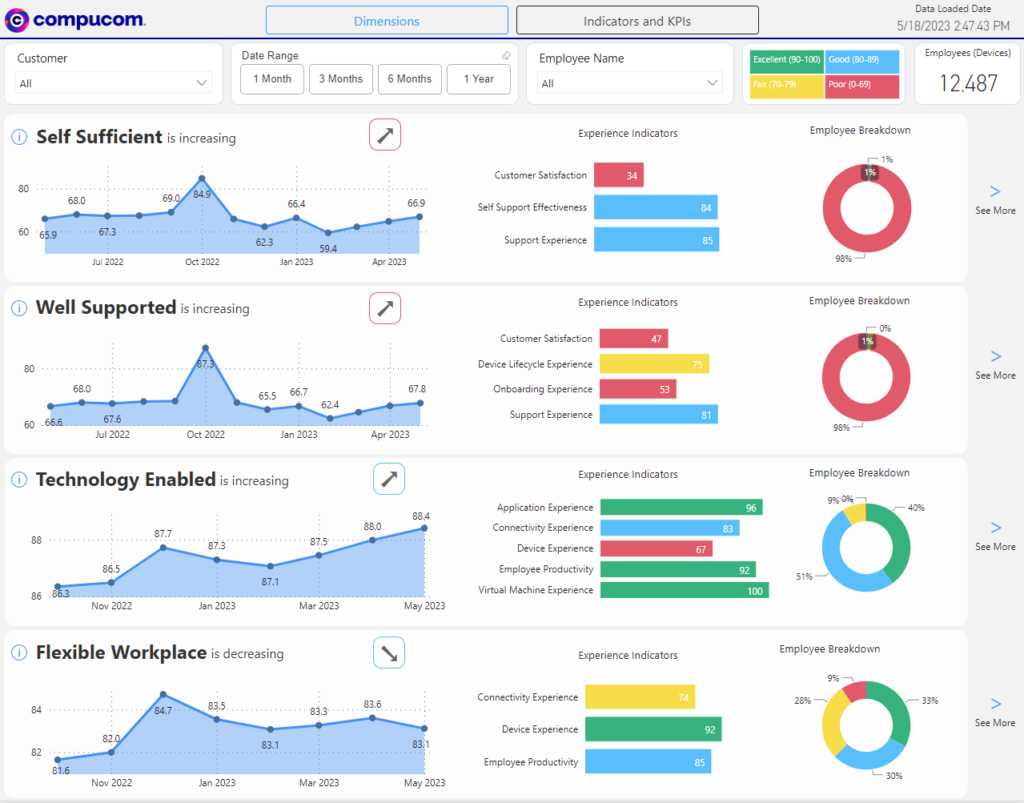
XM: What it Can Do for Your Organization
XM is about discovering actionable insights that deliver value to our customers so that they and their employees can reach their full potential, helping them:
- Improve employee productivity through expedited issue resolution and optimization of IT Services
- Understand how endpoints, applications, and related workplace infrastructure are performing end-to-end
- Boost endpoint health and longevity through automated remediation and scheduled maintenance
- Elevate the support experience with Artificial Intelligence (AI) enabled automation and insights for root cause identification, improvement, and issue resolution
- Optimize cost savings through right-sizing and enabling performance-based refreshes
XM: Experience Really is Everything
If our over 35 years of experience in the IT managed services industry has taught us anything, it’s that experience really is everything. That is why we believe that Digital Experience Management (XM) should be the bedrock that any effective Digital Employee Experience (DEX) initiative is built on.
The way we see it at Compucom, the end user is at the center of everything we do. To be their most productive and creative, your employees need to feel comfortable with the technology they use at work.
By partnering with an MSP such as Compucom, enterprises can offer greater choices to their workers. Our offerings enable access to the devices and services that best fit their work style, while allowing them to integrate personal technology easily and securely when needed.
The Digital Experience Series:
RecenT

9 Ways Strategic IT Staffing Empowers Organizations
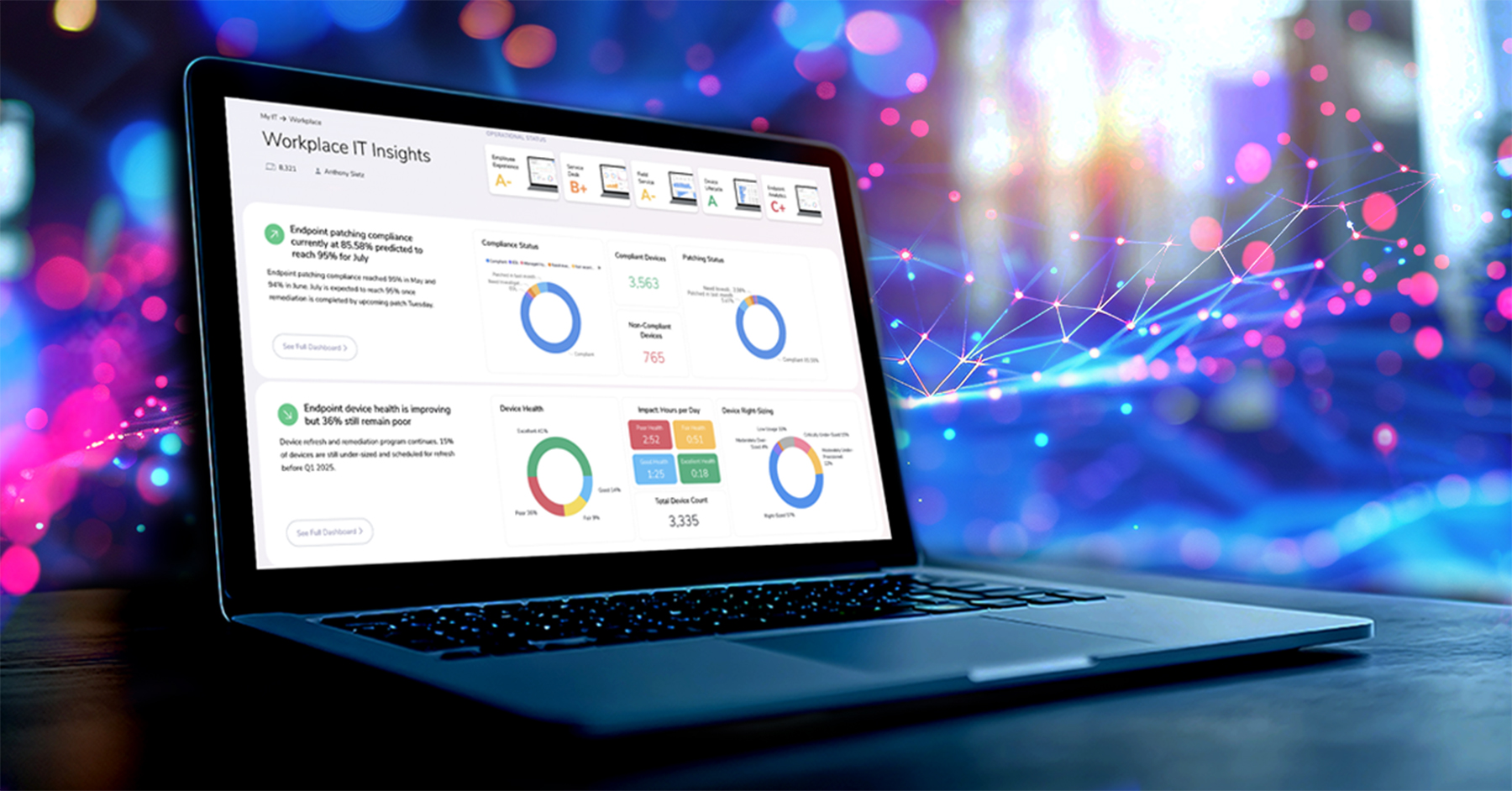
Case Studies: Asset Intelligence and Endpoint Compliance Made Easy

AI and the Enterprise: The Future of IT Management

Exploring the Opportunities and Obstacles of AI in the Enterprise
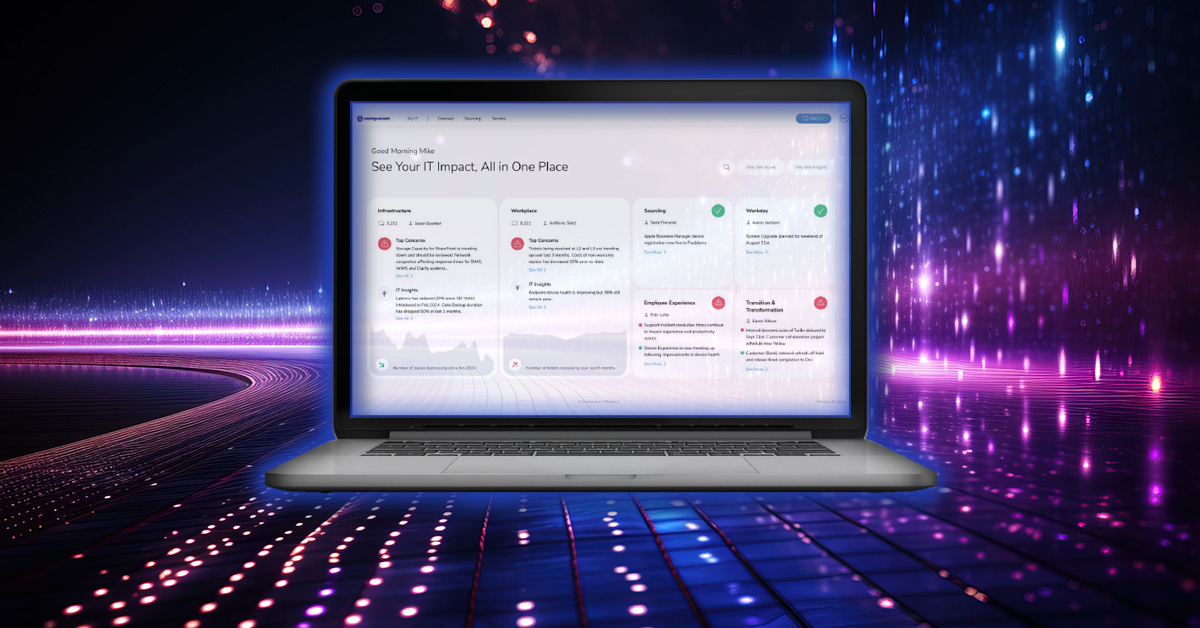
One Dashboard to Rule Them All: Strategic IT Excellence with Full Lifecycle Observability
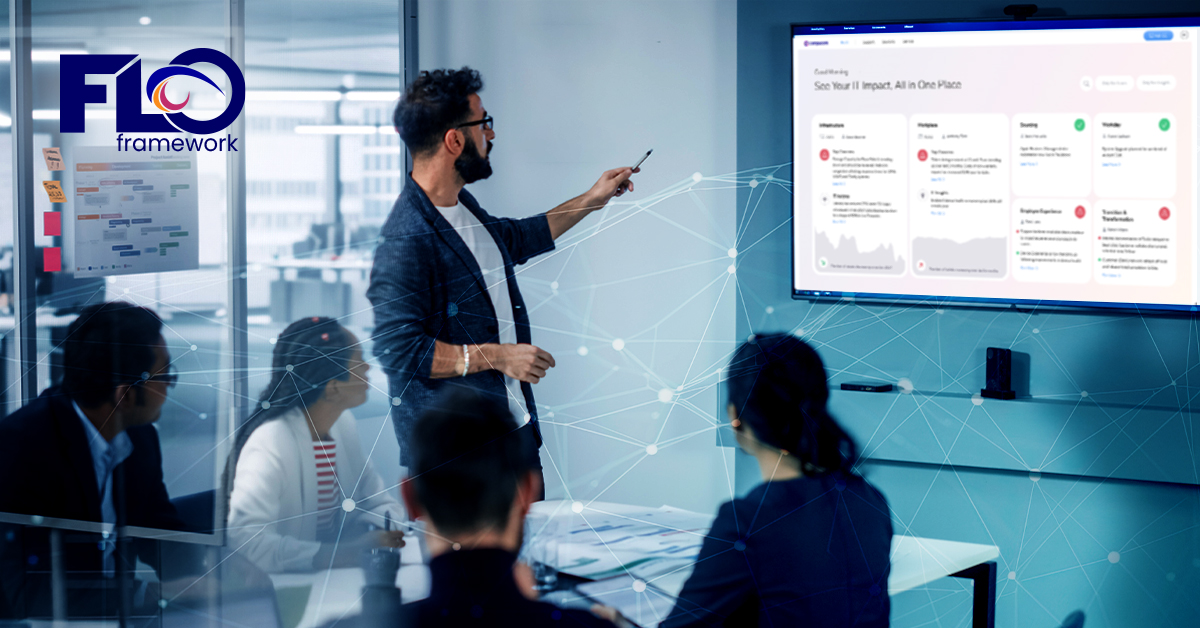
Transforming IT Operations with Full Lifecycle Observability: How Compucom’s FLO Framework Redefines Data-Driven Efficiency
TOPICS
Measuring and Improving DEX with Digital Experience Management
- Managed Services and IT Support
- DEX

David Krauthamer • Staff Writer
Experience Really Is Everything
As we conclude this blog series on Digital Employee Experience (DEX) and Digital Experience Management (XM), we’ll look at how to measure experience to discover areas for improvement to overall employee sentiment across an organization.
XM: Measuring DEX
This is the point in the conversation where many ask, “How do you accurately and effectively measure something that, in many ways, is subjective?”
While there is no industry standard or de-facto set of experience metrics, we’ve spent several years defining ours and determining what the “experience mathematics” should be. This has helped us determine what an ideal employee experience looks like, knowing that some of that is perception and that we can influence only specific aspects of the user’s experience.
XM: Traditional and Experience Metrics
Manage Service Providers (MSPs) trying to maximize the workplace experience often work toward operational metrics (SLAs) that don’t necessarily align with the end-user experience.
Traditional metrics that mostly measure service delivery and performance, when met, may not create happy users. In comparison, experience metrics measure the outcomes and value of managed services. They’re customized and aligned with user expectations based on a human-centric approach to managing business goals.
Digital Experience Management (XM) takes both types of metrics into account, allowing for better persona alignment and organization-based customization so that experience indicators can evolve into Experience Agreements (XLAs) based on deeper insights.
XM: How it All Works
So how does Digital Experience Management work? Here is an overview of the steps that make up XM:
- Gather useful and accurate user experience data – endpoint telemetry, service metrics, event sensors, targeted surveys, and user-sentiment analysis
- Generate performance indicators from the data
- Analyze Compucom’s four dimensions of Digital Experience Management – geared to the hybrid workplace, to measure and improve how services are enabling:
- Technology-enabled workers
- Self-sufficient workers
- Well-supported workers
- Workplace flexibility
- Develop insights from collected data – including the use of Artificial Intelligence/Machine Learning (AI/ML) analytics
- Take action to improve employee experience – service changes such as automation, knowledgebase content, self-serve responses, endpoint policies, and operational activities across the range of offerings
At Compucom, we’ve created an easy-to-understand dashboard view, based on these steps, for our customers. It shows how the four dimensions of XM, and their associated indicators, are performing at any given time in their organization and what actions can be taken to improve them.

The dashboard allows in-depth insight into employees’ technology experiences that has not been available before. Employers now have a view into employee sentiment, burnout, and frustration that was lost when the workforce went hybrid.

This greater insight into how best to fix potential productivity pain points, sometimes before the user is even aware of the issue, is crucial to improving and maximizing the employees’ workplace experience in your organization.

XM: What it Can Do for Your Organization
XM is about discovering actionable insights that deliver value to our customers so that they and their employees can reach their full potential, helping them:
- Improve employee productivity through expedited issue resolution and optimization of IT Services
- Understand how endpoints, applications, and related workplace infrastructure are performing end-to-end
- Boost endpoint health and longevity through automated remediation and scheduled maintenance
- Elevate the support experience with Artificial Intelligence (AI) enabled automation and insights for root cause identification, improvement, and issue resolution
- Optimize cost savings through right-sizing and enabling performance-based refreshes
XM: Experience Really is Everything
If our over 35 years of experience in the IT managed services industry has taught us anything, it’s that experience really is everything. That is why we believe that Digital Experience Management (XM) should be the bedrock that any effective Digital Employee Experience (DEX) initiative is built on.
The way we see it at Compucom, the end user is at the center of everything we do. To be their most productive and creative, your employees need to feel comfortable with the technology they use at work.
By partnering with an MSP such as Compucom, enterprises can offer greater choices to their workers. Our offerings enable access to the devices and services that best fit their work style, while allowing them to integrate personal technology easily and securely when needed.
The Digital Experience Series:
Recent Blogs

9 Ways Strategic IT Staffing Empowers Organizations

Case Studies: Asset Intelligence and Endpoint Compliance Made Easy

AI and the Enterprise: The Future of IT Management

Exploring the Opportunities and Obstacles of AI in the Enterprise

One Dashboard to Rule Them All: Strategic IT Excellence with Full Lifecycle Observability




